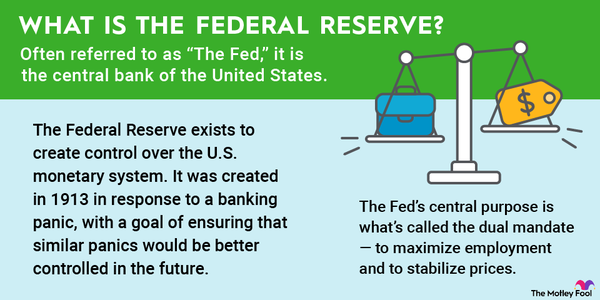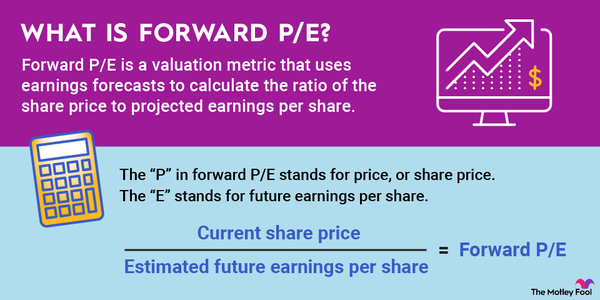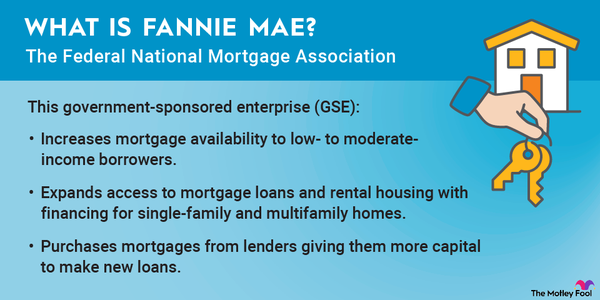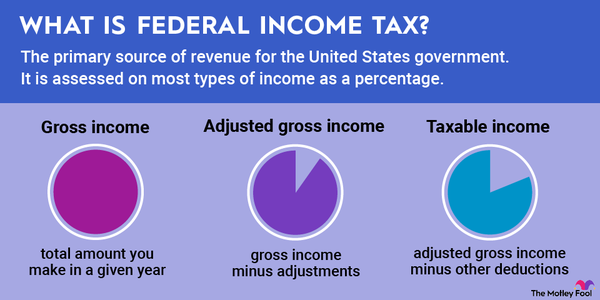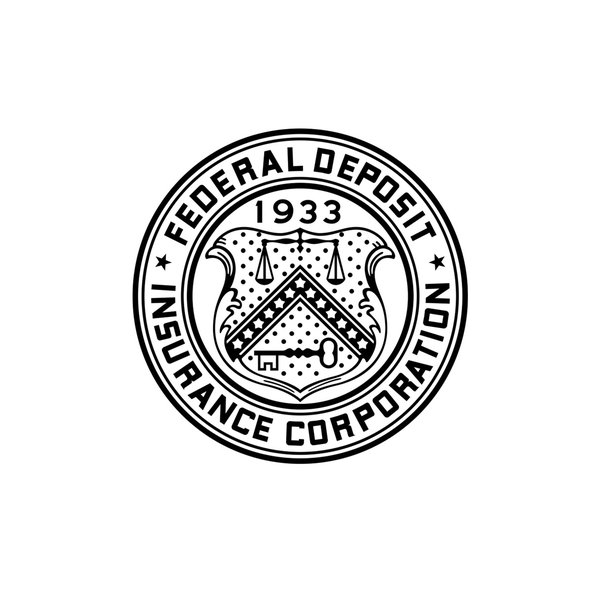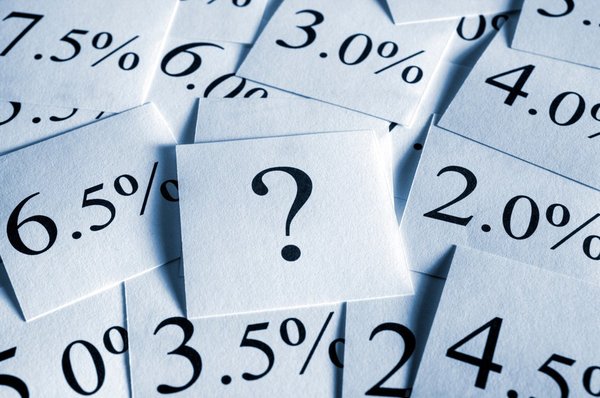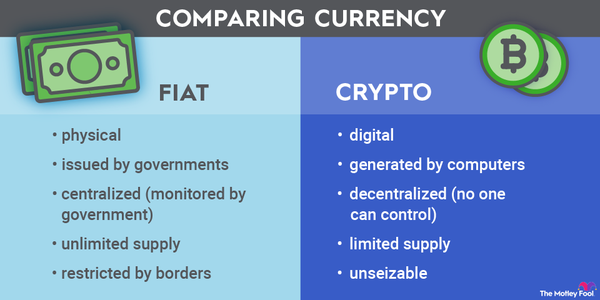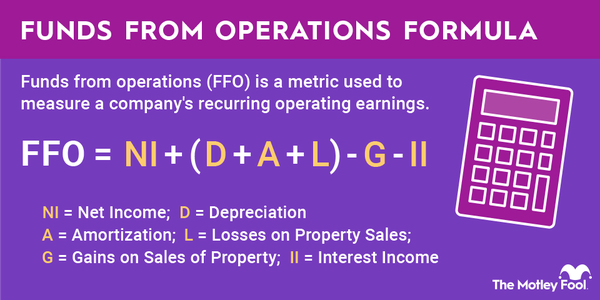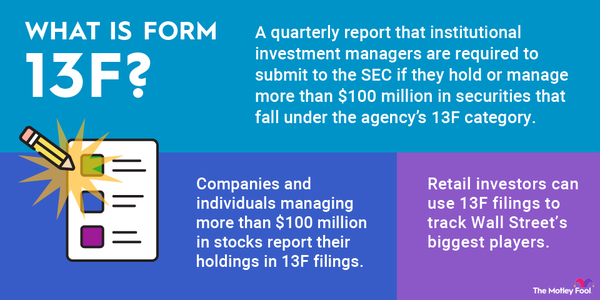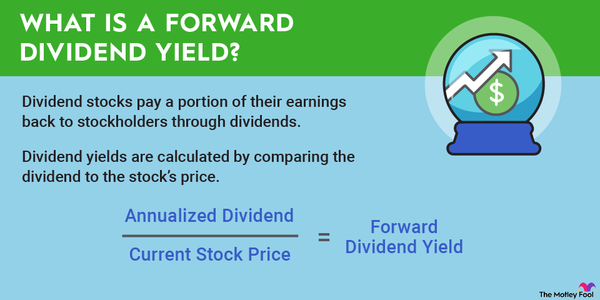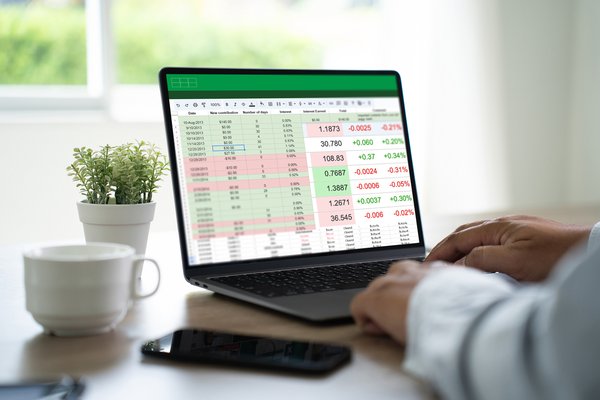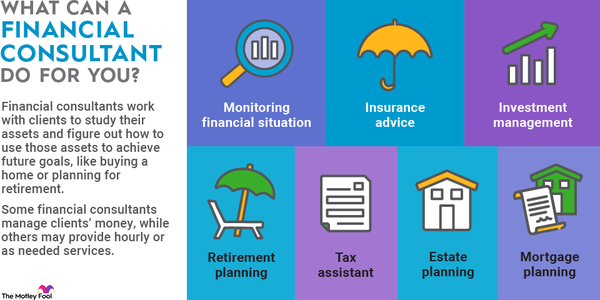Fixed income is an investment that pays a fixed amount on a set schedule until maturity. Fixed-income investments tend to be lower risk than equity investments. The returns are also often lower and usually only consist of fixed-income payments.
Here's a closer look at fixed-income investments and why investors might want to hold them in their portfolios.
What is it?
What is fixed income?
Fixed income is an asset class. Other common asset classes include equities (e.g., stocks), cash and equivalents, real estate, commodities, and currencies.
Fixed-income investments are debt investments that pay a fixed interest rate on a set schedule. They enable investors to earn stable income until the investment matures. The income is the base return an investor makes from the investment. Upon maturity, an investor will receive their principal back.
An example of fixed-income investment is investing $10,000 into a 10-year bond with a 3.5% interest rate paid every six months until maturity. The investor would receive a fixed income payment of $175 every six months ($350 annually) for the 10-year term. Upon maturity, the investor would get their entire $10,000 principal paid back.
Different types
What are the different types of fixed income?
There are many fixed-income investments, which range in return and risk profile. They include:
- U.S. government debt (Treasuries): The U.S. government issues several fixed-income debt securities to help fund its operations. These include Treasury bills (T-bills), Treasury notes (T-notes), Treasury bonds (T-bonds), Treasury inflation-protected securities (TIPS), Series I savings bonds (I bonds), and other savings bonds. They range in duration from four weeks to 30 years. Many investors consider U.S. government debt a risk-free investment, given the extreme unlikelihood of a default.
- Municipal bonds (Muni bonds): State and local governments also issue fixed-income debt securities to help finance local expenditures. Muni bonds also have a very low risk of defaulting.
- Corporate bonds: Companies will also issue debt to finance their operations and expansion. Corporate bonds are riskier than those issued by governments. However, the default risk ranges from low for an investment-grade rated corporate issuer to high for a company issuing junk bonds.
- Bank certificate of deposits (CDs): Many financial institutions offer CDs that pay a fixed interest rate until maturity.
- Mortgages, loans, and related securities: Individuals and institutions can also invest in loans or a package of loans made directly to consumers and businesses.
Related Investment Topics
Adding fixed income to your portfolio
How to add fixed income to your portfolio
Although many fixed-income options exist, investors have two common strategies to add this asset class to their portfolios. They can:
- Make a direct fixed-income investment. Investors can purchase many fixed-income products directly from the source. For example, investors can buy Treasuries from the U.S. government at TreasuryDirect.gov or purchase a CD from their bank. In addition, investors can buy Treasuries, muni bonds, and corporate bonds through their brokerage accounts. Investing directly in fixed-income securities requires due diligence, including ensuring that the issuer rating, maturity, and rate of return satisfy an investor's risk and return profile.
- Invest in a fund that owns fixed-income investments. Investors can also purchase shares of a mutual fund or an exchange-traded fund (ETF) that holds a portfolio of fixed-income investments. Funds enable investors to make a broad investment across several fixed-income securities. Some funds take a very focused approach, while others diversify across several fixed-income securities. For example, the iShares 0-3 Month Treasury Bond ETF (SGOV 0.05%) focuses solely on short-duration T-bills, while the Invesco Core Plus Bond Fund (CPBYX 0.33%) owns a variety of fixed-income securities. In exchange for the ease of owning a fund, investors pay the fund's manager a fee, known as the expense ratio.
A fixed-income fund is the easiest way for many beginning investors to add this asset class to a portfolio.
How fixed income affects returns and volatility
How fixed income affects returns and volatility
Adding fixed income to a portfolio has historically reduced its volatility in exchange for giving up some return. Here's a look at the historical returns of portfolios based on their percentage of fixed income vs. stocks:
| Allocation | Average Annual Return | Best Year | Worst Year | Years with a loss |
|---|---|---|---|---|
| 100% stocks | 12.3% | 54.2% | -43.1% | 25 of 96 |
| 80% stocks/20% fixed income | 11.1% | 45.4% | -34.4% | 24 of 96 |
| 60% stocks/40% fixed income | 9.9% | 36.7% | -26.6% | 22 of 96 |
| 50% stocks/50% fixed income | 9.3% | 33.5% | -22.5% | 20 of 96 |
| 40% stocks/60% fixed income | 8.7% | 35.9% | -18.4% | 19 of 96 |
| 20% stocks/80% fixed Income | 7.5% | 40.7% | -10.1% | 16 of 96 |
| 100% fixed income | 6.3% | 45.5% | -8.1% | 20 of 96 |
As the table shows, adding fixed income to a portfolio can reduce downside volatility and years with a loss in exchange for a lower average annual return.
Because of their stability, many financial advisors recommend that an investor have some fixed income in their portfolio. They have traditionally recommended a 60/40 portfolio (60% stocks and 40% fixed income) because that offers an attractive return profile with lower downside risk compared to portfolios with higher stock allocation. Meanwhile, they often advise investors to increase their exposure to fixed income as they approach retirement.









